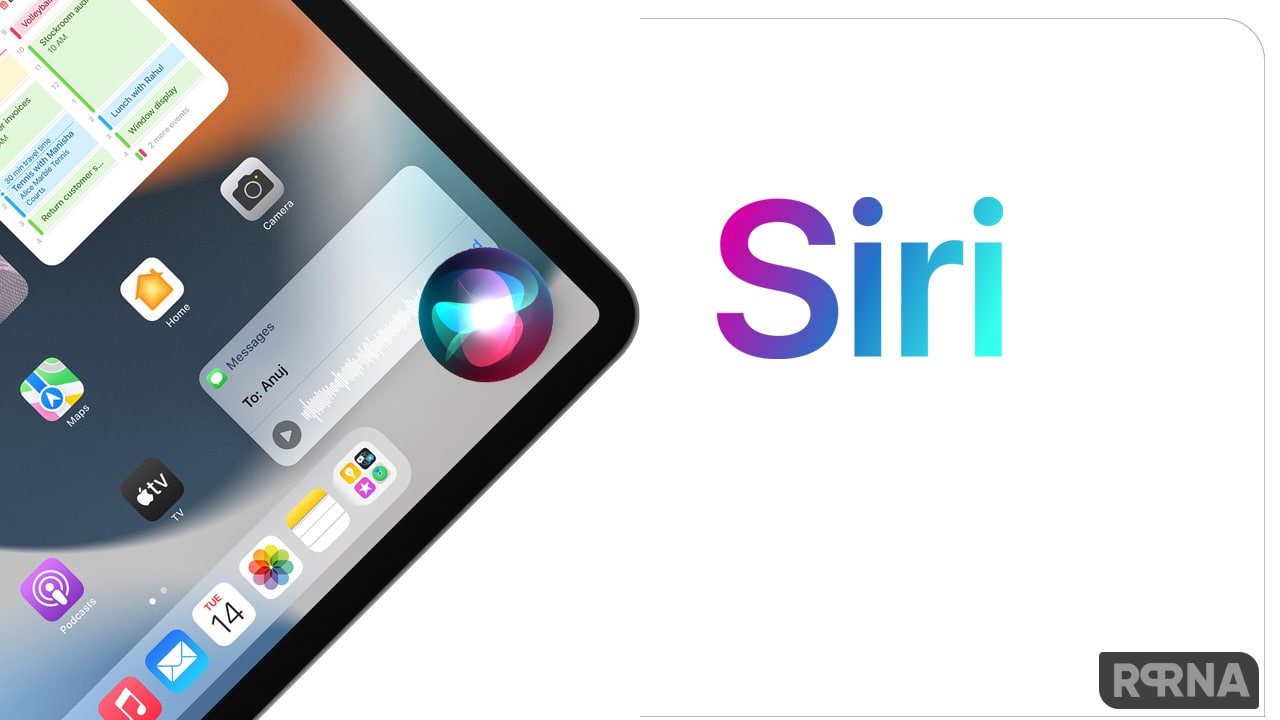On April 29, Microsoft is releasing this month’s optional cumulative updates for the latest versions of Windows 10, as rarely happens, these updates really have a new feature. They add news and interests to the taskbar, which Windows Insiders tests for a while. Naturally, Fix’s laundry list is still there.
As always, while it’s not a patch, this is an optional update. This means that when you check for updates, you will be presented with the option to install them. If you ignore it, the update will not be installed. This fix will only be rotated in next month’s mandatory patch update.
Join us on Telegram
This update is also available for release previews or beta channels for Windows built-in. If you’re on the beta channel, you’ll come to Windows 10 version 21H2, so this will take you to 19042.964 or 19041.964, respectively.
- You can manually download it here, and these are the highlights:
Here’s what’s new
- Addresses an issue that prevents a site from transitioning out of Microsoft Edge IE Mode when expected.
- Addresses an issue that fails to remove mandatory profiles completely when you sign out when using the “Delete cached copies of roaming profiles” Group Policy.
- Addresses an issue that causes blank tiles to appear on the Start menu with names such as “ms-resource:AppName” or “ms-resource:appDisplayName”. These blank tiles represent the installed applications and appear for approximately 15 minutes after updating to a newer version of Windows 10. Installing this update prevents these blank tiles from appearing on the Start menu.
- Addresses an issue with the Microsoft Japanese Input Method Editor (IME) that prevents an app’s custom candidate window from displaying correctly.
- Addresses an issue that occurs when you install inventory applications.
- Addresses an issue that includes kernel mode rules for .NET applications in Windows Defender Application Control policies. As a result, the generated policies are significantly larger than necessary.
- Addresses an issue that causes devices to fail Device Health Attestation.
- Addresses an issue that turns off S Mode when you enable System Guard Secure Launch on a system running Windows 10 in S Mode.
- Addresses an issue that causes lsass.exe memory usage to grow until the system becomes unusable. This occurs when Transport Layer Security (TLS) resumes a session.
- Addresses an issue with a race condition between Task Scheduler and the Workstation Service. As a result, users cannot automatically join a hybrid Azure Active Directory (AAD) domain and error 0x80070490 is generated.
- Addresses an issue that causes Azure Active Directory authentication to fail after signing in on Windows Virtual Desktop machines.
- Addresses an issue that causes AAD Work Accounts to unexpectedly disappear from certain apps such Microsoft Teams or Microsoft Office.
- Addresses an issue that accidently triggers hybrid AAD joining when the Group Policy “Register domain-joined computers as devices” is set to DISABLED. For more information, see Post configuration tasks for Hybrid Azure AD join.
- Addresses an issue with a partial Service Connection Point (SCP) configuration that causes dsregcmd.exe to stop working. This issue occurs because of a case-sensitive domain ID name comparison that occurs when joining a hybrid Azure Active Directory domain using single sign-on (SSO).
- Adds the ability to adjust the amount of idle time before a headset goes to sleep in the Settings app for Windows Mixed Reality.
- Addresses an issue that might generate a stop error when Docker containers run with process isolation.
- Addresses an issue that causes automatic enrollment and certificate retrieval to fail with the error, “The parameter is incorrect.”
- Addresses an issue that might cause Microsoft Defender Application Guard virtual machines to stop responding when Microsoft Defender Application Guard for Office opens a document. This issue might occur on some devices or in drivers that utilize GPU Hardware Accelerated Scheduling.
- Addresses an issue that prevents some media players from playing content on hybrid devices that are running with dGPU on iGPU displays.
- Addresses an issue with race conditions that cause high CPU usage. As a result, the system stops working and deadlocks occur.
- Addresses an issue with a deadlock in the New Technology File System (NTFS).
- Addresses an issue that causes DWM.exe to stop working in some cases.
- Improves the Windows Server Storage Migration Service by:
- Adding support for migration from NetApp FAS arrays to Windows Servers and clusters.
- Resolving multiple issues and improving reliability.For more information, see Storage Migration Service overview.
- Addresses an issue that might prevent an application screen from working when using a Remote Desktop ActiveX control that is embedded in an HTML page.
Tip Spot (Have any suggestion? send us on contacts below)











